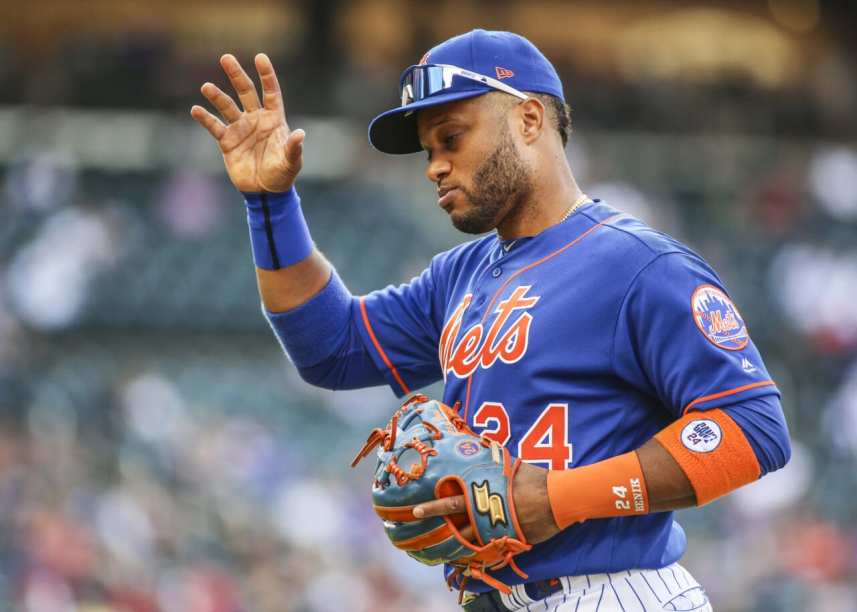
.@RobinsonCano brings home ??. #LGM pic.twitter.com/CG7XgT8Wha
— New York Mets (@Mets) September 19, 2020
There is no doubt the trade to bring him here was questionable, but Cano’s production is separate from it. Cano was red hot through the first 11 games he played before a leg injury shut him down for a little over a week. He slashed .412/.462/.559 though his first 34 at-bats and showed the whole field approach, which made him one of the best of his generation.
Before the injury, all of Cano’s starts came at second base. This was before Andres Gimenez/Luis Guillorme’s earing playing time along with Yoenis Cespedes still taking up space on the roster. Once Cano’s returned, the Mets used him as a DH for nine consecutive starts.
Whole Field Approach
The ability to let Cano consistently rest his legs allowed his bat to remain consistent all season. Once September rolled around, all of his starts were at second base outside of the last two season games. While the average was not as high after the injury, the power was prevalent. Cano slashed .292/.322/.540 with nine home runs and 23 runs batted in.
Cano was one of their best clutch hitters for a team that struggled with runners in scoring position. Cano batted .300 in those spots, including a .357 average with 2 outs and RISP. What brought him success was his ability to take advantage of the open field when opponents shifted on him.
Cano’s wOBA on against the shift was .432 compared to .353 without it. He also found more success hitting pitches on the outside part of the plate. Cano’s three highest average exit velocities came on pitches on the outer third of the zone.
Though his high exit velos were on the outside, seven of his ten home runs came in the middle three zones of the plate. Lastly, his highest BABIPs came on pitches up/in and middle in. Cano has supreme plate coverage, and it showed in various ways with his production.
The DH spot seems clogged, but with the Mets roster’s versatility, Cano will likely see plenty of time there if the Mets want to get 145 productive games out of him in the 2021 season. Like many great Dominican hitters, Cano seems like he will age like fine wine.
2020 Grades On 20-80 Scale (2021 Projection)
Hitting: 70 (60), What his average lacks, his powerful presence will make up for it.
Power: 70 (60), Cano was on pace for 33 homers, but 20-25 seems more realistic for 2021.
Run: 20 (20), Can’t run at full speed without getting injured.
Arm: 70 (70), Still one of the elite arms among second basemen
Field: 50 (40), Average year in a small sample size. Despite the range slipping away, anything he gets to is an out.
Overall: 70 (65), Cano was on pace for an All-Star caliber year, still high on him for 2021